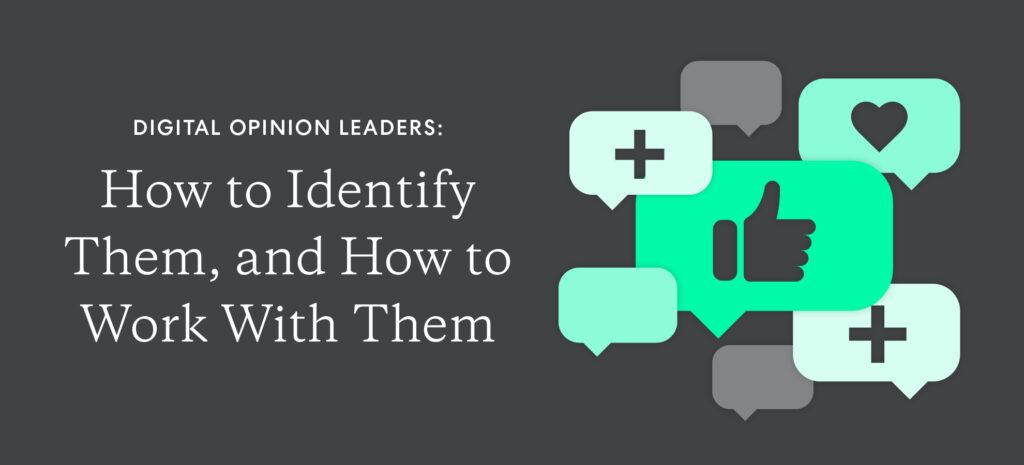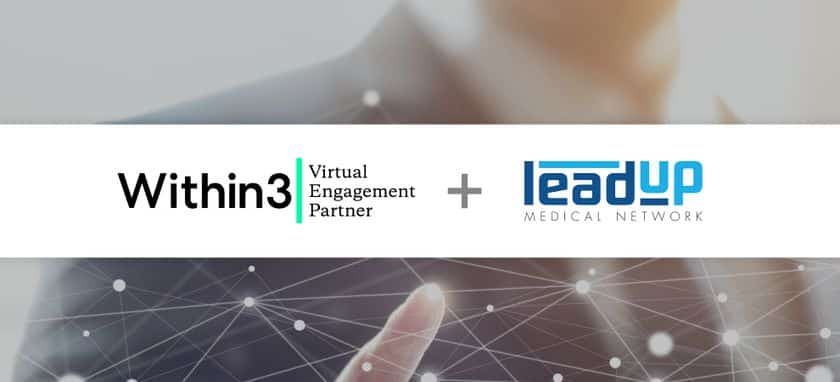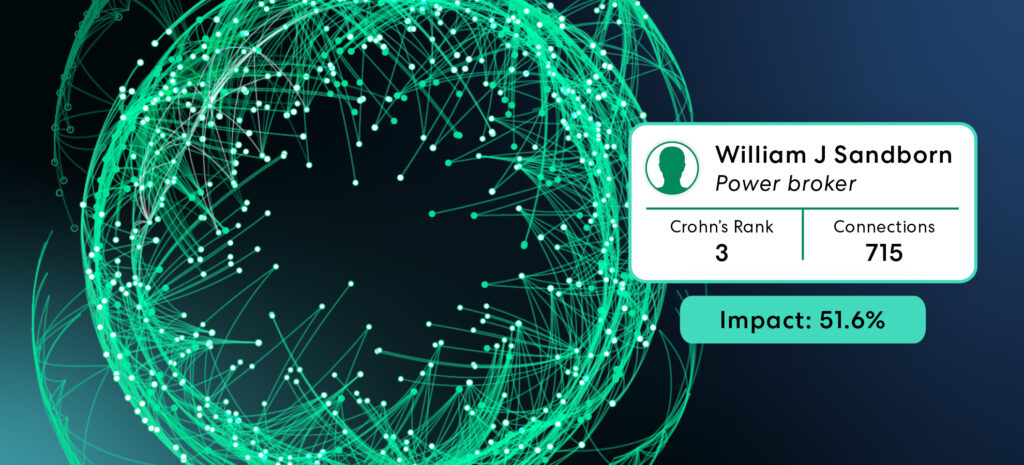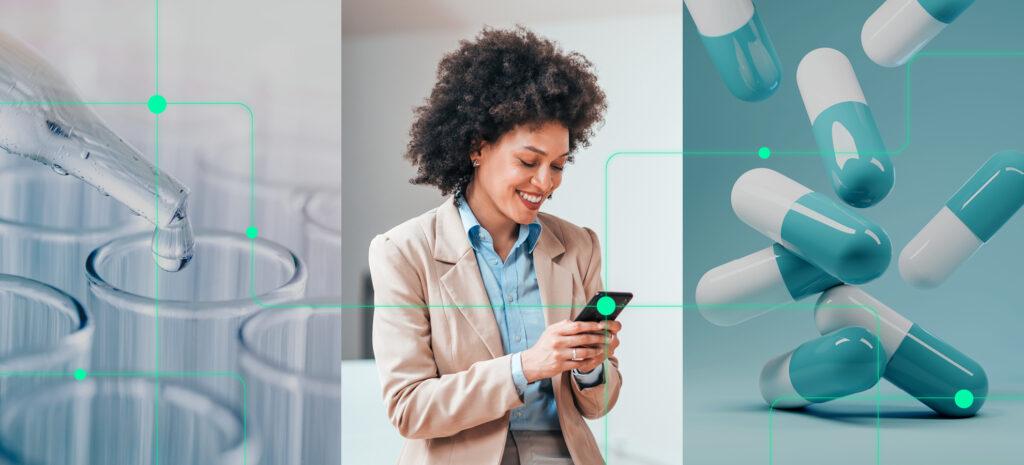We sat down with digital opinion leader expert Luke Rogers to learn more about harnessing these influencers to harness their unique perspectives and powerful networks.
Within3
Digital opinion leaders can offer significant value to life science teams – both in terms of the insights they generate, and the influence they have on their peer networks. But how can life science teams identify the digital opinion leaders within their disease communities?
Luke Rogers
“Medical affairs teams are increasingly using social listening technologies, but compliance remains an issue for many. Pharma and medtech are reluctant to engage on social platforms like Twitter because of the fear and risk of compliance breaches around direct-to-patient advertising, country-specific clinical treatment guidelines, and off-label communication – to name a few. Fear around compliance breaches is a critical impediment to [the life science industry] as a whole to adopt an omnichannel approach.”
“Pharma companies and their agency partners are increasingly using tools such as social listening to identify digital opinion leaders, but social media is not the place to engage them in dialogue. Once identified, the next step is to bring them into a secure environment where you can engage with them compliantly, confidentially, and in a space that your legal and regulatory teams are comfortable with.”
Within3
If you can circumvent those compliance issues, the benefits are clear. Digital platforms are democratizing information, so you have access to diverse voices and new insights.
Luke Rogers
“Diversity is really important. Now, life science teams are able to tap into subject matter experts no matter where they are in the world – even if they aren’t involved in traditional KOL activities like publishing in high-impact journals or participating in pivotal clinical trials.”
“Many truly influential opinion leaders aren’t publishing or participating in high-profile clinical studies, so if teams are only looking through publication data, they’ll have access to the same cohort of KOLs their competitors are also using. This means there’s a largely-untapped additional group beyond these traditional KOLs, and social listening and social network analytics can help to make these diverse voices heard.”
Within3
And what motivates DOLs to engage with life science teams, if they aren’t generally motivated by self-promotion?
Luke Rogers
“Those who come from the patient advocacy side are most often looking to create awareness and share messaging around their patient community. These individuals are generally highly motivated to engage and be engaged with.”
“Then there are those who want to spread public health messages, like the junior doctors who share their experiences of treating COVID patients. They can be digital opinion leaders too, but they have a very different motivation to the patient advocates.”
“Finally you have the senior HCPs who want to position themselves as thought leaders and experts. They’re motivated to draw attention to the latest research and cutting-edge science.”
“The motivations differ based on the DOL profiles, and what they’re trying to achieve. Life science companies need to ‘read the room’ for their respective messaging to each group.”
Within3
Another motivating factor is the notion of bringing groups of DOLs together for virtual networking opportunities.
Luke Rogers
“That’s a real advantage for any thought leader or rising star – peer networking, ideating, sharing, and virtual network building. It’s often as important as the ability to be heard and to share insights.”
Within3
Let’s drill down into how life science teams can work with DOLs and put their insights to good use. How would you typically recommend engaging with DOLs?
Luke Rogers
“In Within3’s shared experience, we strongly advocate leveraging DOLs’ enthusiasm and digital expertise by encouraging them to be moderators for the asynchronous insights generation sessions we deliver. For example, in patient-led sessions, introducing moderators who aren’t exclusively pharma company representatives will change the tone completely. Having a patient advocate as a session moderator tends to put patient advisors more at ease, and they become much more willing to share.”
“When patients are at ease and feel listened to, they share tangible, actionable insights. There’s a particular use case where a medical device company was developing stainless steel insulin pumps for children. Commercial performance wasn’t what they had hoped for, so they created a focus group to gather fresh insights. As the product was aimed at children, the focus group suggested they paint it in bright primary colors, and once implemented, sales picked up immediately.”
“It’s insights like these that a device manufacturer or pharma company might not necessarily think of.”
Within3
And one little piece of information like that can unlock a lot of value.
Luke Rogers
“Exactly. These kinds of insights change the whole picture. If a pharma or medtech product isn’t being used appropriately, that leads to poor patient outcomes. If those same patients are now using the therapy or device appropriately, patient outcomes should improve. Society wins, healthcare systems win – everybody wins when we’re managing diseases more effectively and keeping patient outcomes as the primary consideration.”
DOLs can be a source of valuable insights for life science teams. To find out more about identifying, engaging, and working with digital opinion leaders, read our comprehensive ebook on the subject.






